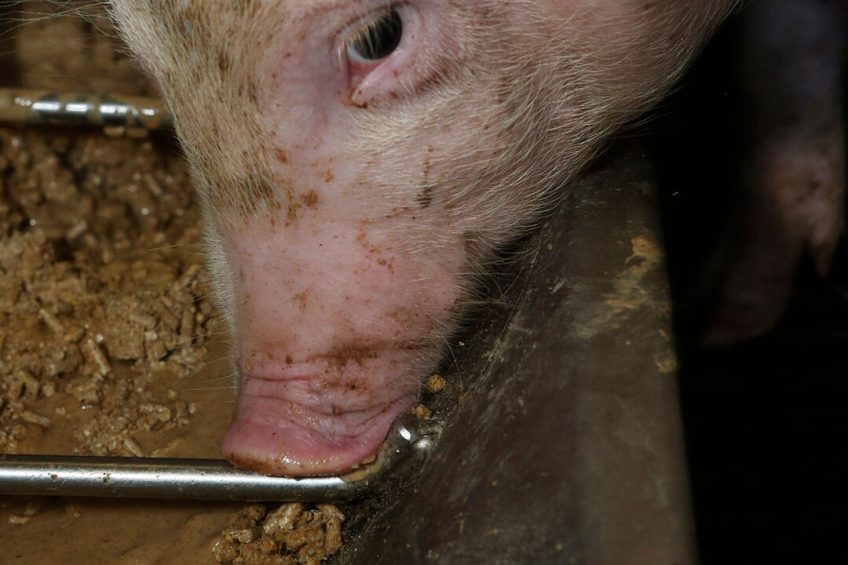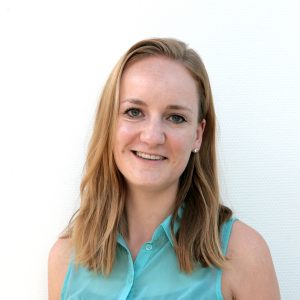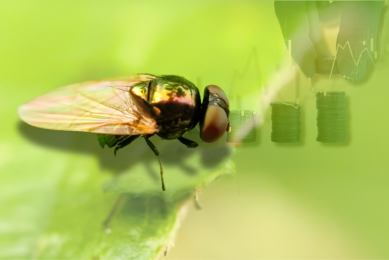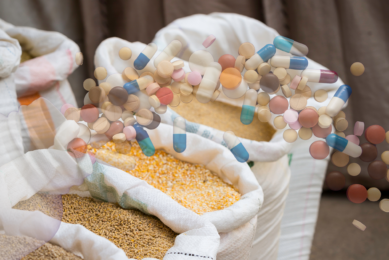EU is one step closer to the use of PAPs in animal feed

The use of processed animal proteins (PAPs) from poultry and pigs in animal feed is one step closer in the EU stats.
The European Committee on Plant and Animal Health (Scopaff) voted in favour of the Commission proposal by a large majority. The proposal is to allow animal by-products from poultry in pig feed and from pigs in poultry feed. In addition, the proposal is about allowing insects in animal feed.
The draft proposal of the European Commission is about allowing the so-called PAPs: processed animal proteins in poultry and pig feed again. This is an amendment to the law also known as the BSE legislation. After the BSE crisis, it was forbidden to feed animal proteins to farm animals. Feeding by-products to and from ruminants is excluded from the amendment of the law.
The European Parliament and the European Council will still consider the proposal, but there will be no binding vote. It is not expected that there will be any major objections from Parliament and the Council.
…it is an illusion that animal meal could replace all soy consumption…
European protein strategy
An important reason for the EU to allow animal proteins again in animal feed is the European protein strategy. This plan emphasises the need to become less dependent on third countries for the protein supply. “From a nutritional point of view, processed animal proteins are an excellent feed material, with a high concentration of easily digestible nutrients, such as amino acids and phosphorus, and a high content of vitamins. Re-allowing processed animal protein from non-ruminants in non-ruminant animals will reduce this dependence on proteins from third countries,” the proposal says.
Nevedi is positive about proposal on PAPs
Henk Flipsen, director of the Dutch trade association Nevedi is positive about the new step. “It is good news that the use of animal by-products in animal feed is getting closer. We are always looking for new raw materials.” Flipsen does comment that it is the market and the logistical possibilities that determine whether the animal meal will actually be used by the Dutch feed industry.
Some obstacles to PAPs
Flipsen: “There are countries in Europe, also important export countries for the Netherlands, that are very critical of the use of animal by-products in animal feed for the production of eggs, meat or dairy. Those countries may not want products derived from it on their shelves. In addition, not all feed factories can fit in logistics to use it. You have to be able to keep the raw materials for the different types of feed completely separate.”
According to Flipsen, it is an illusion that animal meal could replace all soy consumption, as some think, but it can be an alternative to soy as an animal feed raw material and every little bit helps with an increasing scarcity in the raw materials market.











